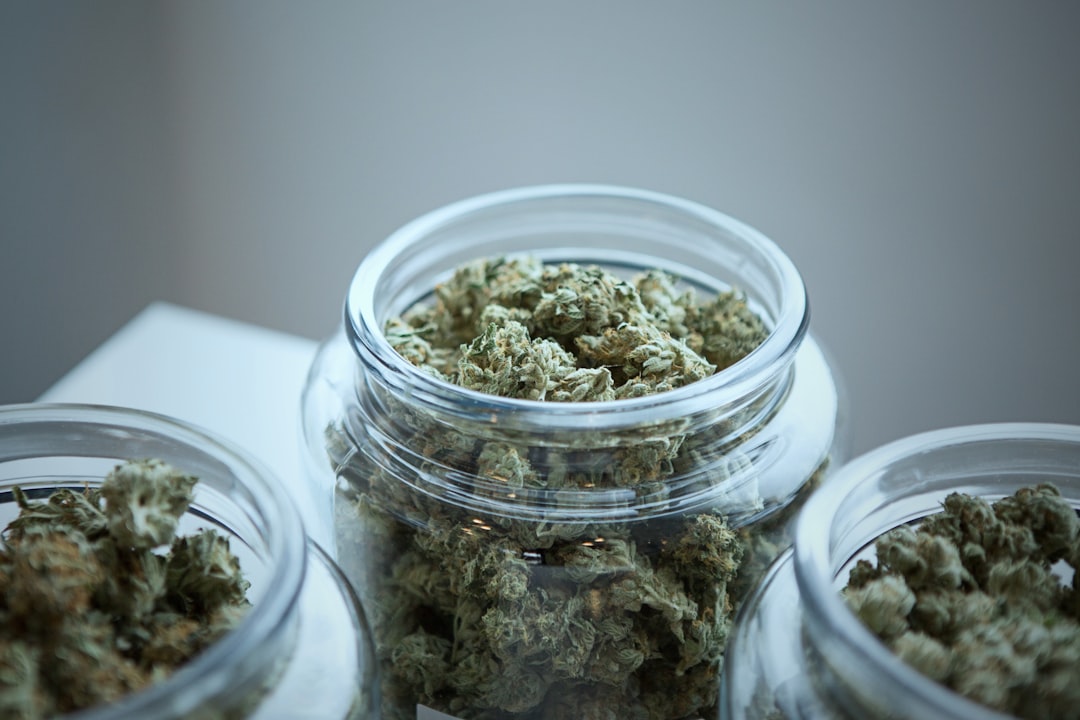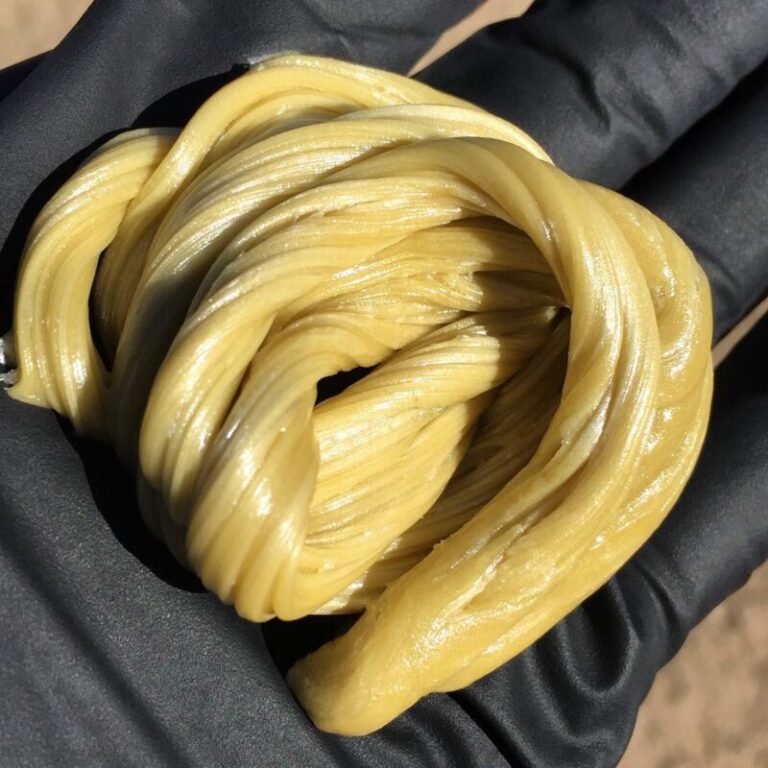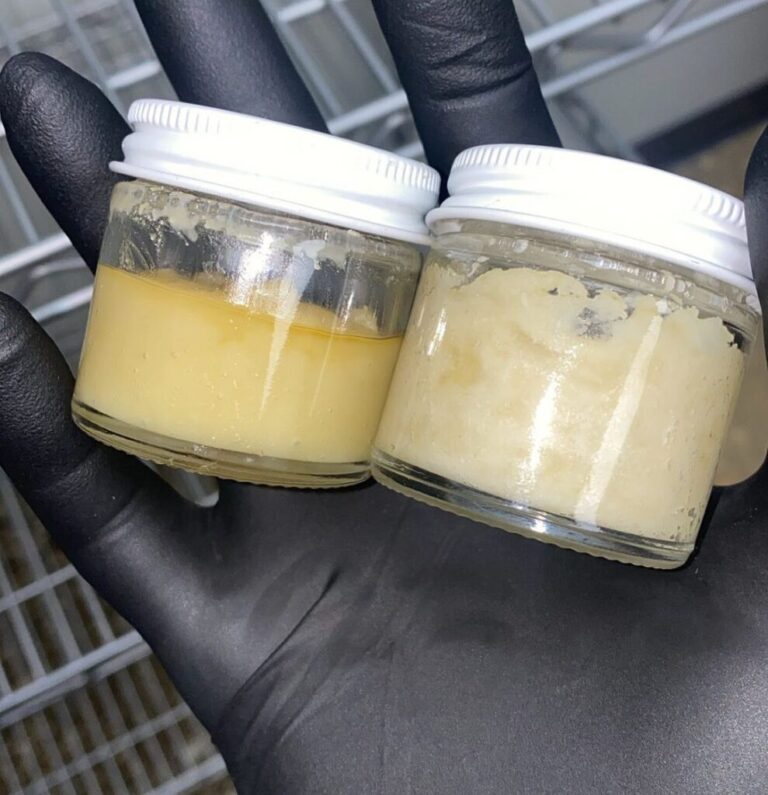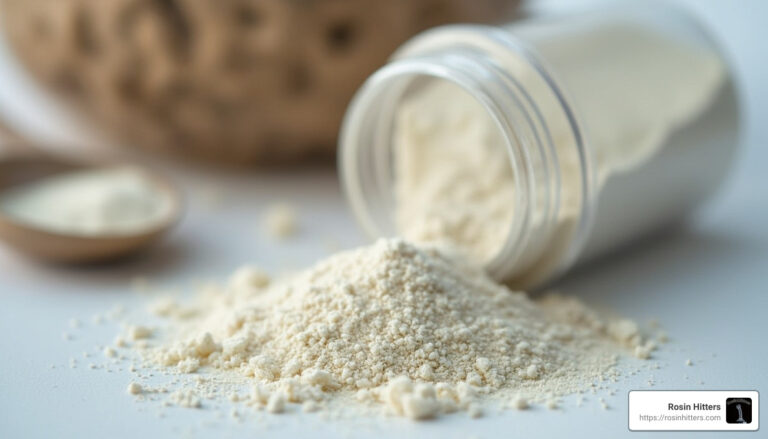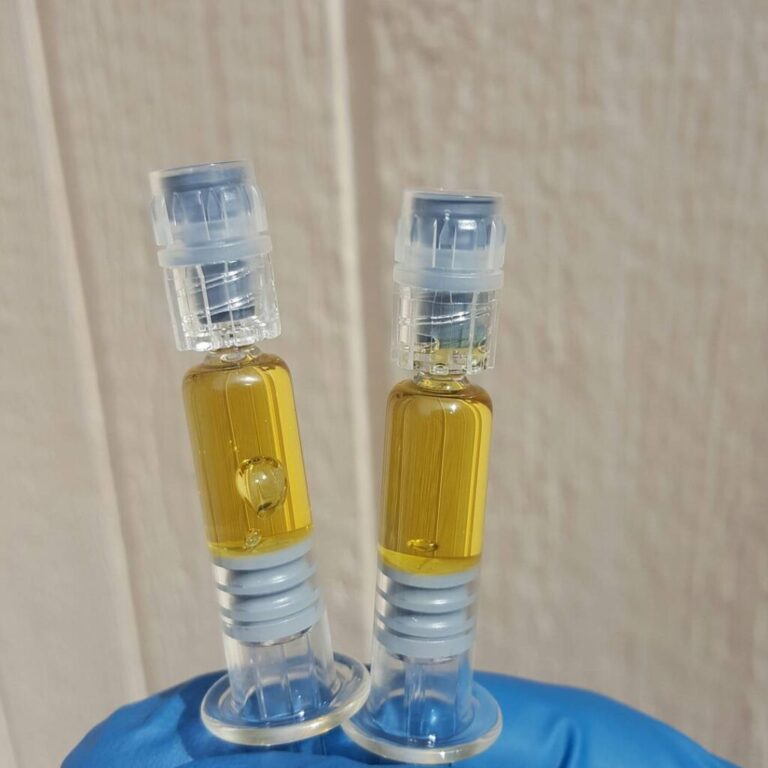How to Press Rosin: Top 10 Secrets for Perfect Yield
How to press rosin is a question that captures the curiosity of many cannabis enthusiasts seeking a pure and flavorful extract. At its core, pressing rosin is about applying heat and pressure to cannabis material, like hash or flower, without the use of solvents. This simple yet sophisticated method results in a concentrate prized for its purity and quality.
Key steps for pressing rosin:
- Select Quality Material: Start with fresh, trichome-rich cannabis.
- Prepare Equipment: Use a rosin press and appropriate rosin bags.
- Heat and Pressure: Apply optimal temperature and pressure settings.
- Collect and Store: Carefully gather your rosin and store it properly.
With solventless extraction, what you’re doing is keeping things as natural as possible. This means retaining more of the plant’s original terpenes—the compounds responsible for the aroma and flavor. By avoiding solvents, the risks of chemical residues are minimized, ensuring a safer product.
In cannabis concentrates, there’s a golden rule: “Fire in, Fire out.” Starting with high-quality material typically results in the best extracts. The art of rosin pressing allows users to enjoy consistent quality and potency while embracing a more holistic lifestyle.

Understanding Rosin and Its Benefits
Rosin is a standout in cannabis concentrates. Why? Because it’s a solventless extract. This means no chemicals are used to pull out the good stuff from the plant. Instead, we use heat and pressure to squeeze out the essence of cannabis.
Purity at Its Finest
One of the biggest advantages of rosin is its purity. Since there are no solvents involved, there’s no risk of leftover chemicals in your final product. This makes rosin a top choice for those who want a clean and natural experience. You get all the benefits of the cannabis plant without any added extras.
Flavor That Shines
Rosin is known for its amazing flavor. The process keeps more of the plant’s terpenes intact. Terpenes are the compounds that give cannabis its unique aroma and taste. By preserving these, rosin offers a rich and full-bodied flavor profile that other concentrates might lack.
The Cannabis Concentrate of Choice
In the field of cannabis concentrates, rosin stands out not just for its purity and flavor, but also for its simplicity. There’s no need for complicated equipment or dangerous chemicals. Just a good press, some heat, and pressure—that’s all it takes to open up the full potential of your cannabis.

In summary, rosin is all about keeping it simple and pure. It’s the choice for anyone who values a natural, flavorful, and clean cannabis experience. Whether you’re a seasoned enthusiast or a curious newcomer, rosin offers a straightforward path to enjoying the best of what cannabis has to offer.
Let’s explore the next section, where we’ll explore the step-by-step guide to pressing rosin and uncover the secrets to achieving that perfect extract.
How to Press Rosin: A Step-by-Step Guide
Preparing Your Material
Before you even think about pressing, start with top-notch flowers. Flower quality is crucial. Look for buds that are trichome-heavy and terpene-rich. These are the sticky crystals on your cannabis that hold all the good stuff.
Freshness is just as important. Aim to press your flowers when they are fresh, ideally within two weeks post-harvest. This ensures the best flavor and yield. Keep your buds at a relative humidity of 55% to 62%. This moisture level prevents your flower from acting like a sponge and soaking up the rosin instead of releasing it.
Setting Up Your Rosin Press
Your press setup is where the magic happens. Temperature control is key. For flower rosin, aim for a range between 180°F and 220°F. Lower temperatures preserve more terpenes, giving you a flavorful extract. Higher temperatures might increase yield but can sacrifice taste.
Pressure control is another crucial factor. The right pressure ensures a smooth flow of rosin without causing blowouts in your micron bags. Speaking of which, choose the correct micron bags. For flower, a 160µ bag is standard. It filters out plant material while allowing cannabinoids and terpenes to flow through.
Ensure your press provides even heating across the plates. This consistency is vital for an efficient extraction process.
Pressing Techniques
Now, it’s time to press! You have two main options: cold pressing and hot pressing.
- Cold Pressing: This technique uses lower temperatures and longer pressing times. It’s ideal for preserving delicate terpenes, resulting in a flavorful rosin. However, it may yield less product.
- Hot Pressing: This method involves higher temperatures and shorter times. It’s great for maximizing yield but might result in a darker, less flavorful rosin.
When applying pressure, start gently and gradually increase. This helps avoid blowouts and ensures a steady flow of rosin. Pressure application is an art. Too much pressure can cause a mess, while too little might not extract efficiently.

With these steps, you’re well on your way to mastering the art of pressing rosin. Next, we’ll explore the essential tools and equipment you’ll need for a successful rosin pressing experience.
Essential Tools and Equipment for Rosin Pressing
Getting the right tools is essential for how to press rosin effectively. Whether you’re a beginner or a seasoned pro, having the right equipment makes all the difference. Let’s explore the must-haves for your rosin pressing setup.
Rosin Press
A rosin press is the heart of your operation. It applies heat and pressure to extract rosin from cannabis. Look for a press that offers precise temperature and pressure control. This ensures you get the best yield and quality from your material. Many enthusiasts start with a DIY setup using an H-frame press combined with rosin plates, which can be a cost-effective way to customize your setup.
Micron Bags
Micron bags are crucial for filtering out plant material while letting cannabinoids and terpenes flow through. For flower rosin, a 90 to 160 micron bag is ideal. The smaller the micron size, the finer the filtration, but be aware that smaller microns may reduce yield. Experiment with different sizes to find what works best for your specific strain and preference.
Parchment Paper
Using parchment paper is non-negotiable. It catches the rosin as it’s extracted and prevents it from sticking to the rosin press plates. Always use quality parchment paper, preferably silicone-coated, to ensure easy collection and prevent any tearing during the pressing process.
Dab Tool
Finally, a dab tool is essential for collecting and handling your freshly pressed rosin. These tools are specifically designed to handle sticky concentrates without making a mess. Look for a dab tool with a non-stick surface to make the collection process smooth and hassle-free.
With these tools and equipment, you’re well-equipped to start pressing rosin like a pro. Each piece plays a vital role in ensuring you get the best possible results from your pressing sessions.

Next, we’ll share some tips for optimizing your rosin yield and quality.
Tips for Optimal Rosin Yield and Quality
Achieving the perfect rosin yield and quality is a balancing act. It involves fine-tuning variables like humidity, temperature, and pressure. Let’s explore how to optimize these factors and experiment for the best results.
Humidity Control
Humidity plays a crucial role in how to press rosin effectively. If your buds are too dry, they will absorb the rosin, reducing yield. Aim for a relative humidity of 55% to 62%. This moisture level ensures that the trichomes are pliable and ready to release their precious oils.
To maintain optimal humidity, consider using humidity packs from brands like Integra or Boveda. These packs are affordable and can keep your material at the perfect moisture level.
Temperature Range
Temperature is another key variable. The ideal range for pressing rosin is typically between 140℉ to 220℉. Lower temperatures preserve more terpenes, enhancing flavor, while higher temperatures can increase yield but may compromise quality.
Most experts find a sweet spot around 190℉ for balancing yield and flavor. However, every strain is unique, so don’t be afraid to experiment with different temperatures to find what works best for your specific material.
Pressure Range
Pressure is the force that extracts the rosin from the plant material. Generally, you want to apply enough pressure to maximize yield without forcing unwanted plant material into the rosin. Aim for 1000-2000 PSI on the platen for flower pressing.
More pressure can lead to higher yields but at the risk of introducing impurities. It’s all about finding the right balance.
Experimentation
Experimentation is the key to mastering rosin pressing. Document every press—note the starting material, humidity, temperature, pressure, and pressing time. This practice helps you replicate successful results and learn from less-than-ideal outcomes.
Try different strains, adjust your parameters, and observe the results. Over time, you’ll develop a keen sense for what works best with your equipment and material.

By controlling humidity, adjusting temperature and pressure, and experimenting with different techniques, you’ll be well on your way to producing high-quality rosin. Next, we’ll address some frequently asked questions about pressing rosin to further improve your understanding.
Frequently Asked Questions about How to Press Rosin
What is the best temperature for pressing rosin?
The ideal temperature for pressing rosin is crucial for preserving terpenes and achieving the right consistency. Generally, the temperature range is between 140℉ and 220℉. Lower temperatures, around 140℉ to 180℉, help retain more terpenes, resulting in a flavorful concentrate. However, higher temperatures, closer to 220℉, can increase yield but may sacrifice some flavor.
Most rosin enthusiasts find a balance at around 190℉, where both yield and quality are optimized. This temperature allows for a jam-like consistency, which many users prefer. Each strain is different, so experiment within this range to find the sweet spot for your specific material.
How long should you press rosin for?
The pressing time is another factor that influences yield and quality. Typically, a press should last between 90 seconds to 3 minutes. Starting with minimal pressure and gradually increasing it as the rosin begins to flow is a good strategy. This “low and slow” approach, as recommended by experts like @HighTideHash, allows the material to heat evenly and release the oils efficiently.
If you press for too long, you risk degrading the quality of the rosin. Conversely, pressing for too short a time may not fully extract all available oils. Keep an eye on the rosin’s appearance; when it looks “wet” and begins to swell, it’s a sign that the pressing time is nearly complete.
What are common mistakes in pressing rosin?
Several common mistakes can affect the outcome of your rosin pressing:
- Incorrect Moisture Levels: If the cannabis flower is too dry, it will absorb the rosin, reducing yield. Aim for a relative humidity of 55% to 62% to ensure the trichomes are ready to release their oils.
- Excessive Pressure Application: While more pressure can increase yield, it also risks pushing unwanted plant material into the rosin. Stick to a pressure range of 1000-2000 PSI on the platen to avoid impurities.
- Inconsistent Temperature: Not maintaining a consistent temperature can lead to uneven extraction. Ensure your press is set to the desired temperature throughout the process.
- Not Documenting Your Process: Failing to record your parameters means you can’t replicate successful presses or learn from mistakes. Keep detailed notes on humidity, temperature, pressure, and pressing time for each batch.
By understanding these common pitfalls and how to avoid them, you’ll be better prepared to produce high-quality rosin consistently.
Conclusion
In rosin pressing, quality matters. The quality of your starting material often determines the quality of your final product. Always aim to use trichome-heavy, fresh cannabis flowers or premium extracts. This ensures that the rosin you produce is flavorful, potent, and pure.
Experimentation is key to mastering the art of rosin pressing. Every strain is unique, and finding the perfect combination of temperature, pressure, and time requires some trial and error. Don’t be afraid to tweak your process and document everything. This way, you can learn from each press and continuously improve your results.
At Rosin Hitters, we are passionate about providing high-quality, solventless cannabis concentrates. Our advanced rosin press technology allows both personal and commercial users to achieve exceptional results. Whether you’re a seasoned extractor or just starting, our products and expertise are here to help you succeed.
Explore our range of rosin products and experience the difference that quality and innovation can make. Happy pressing!

